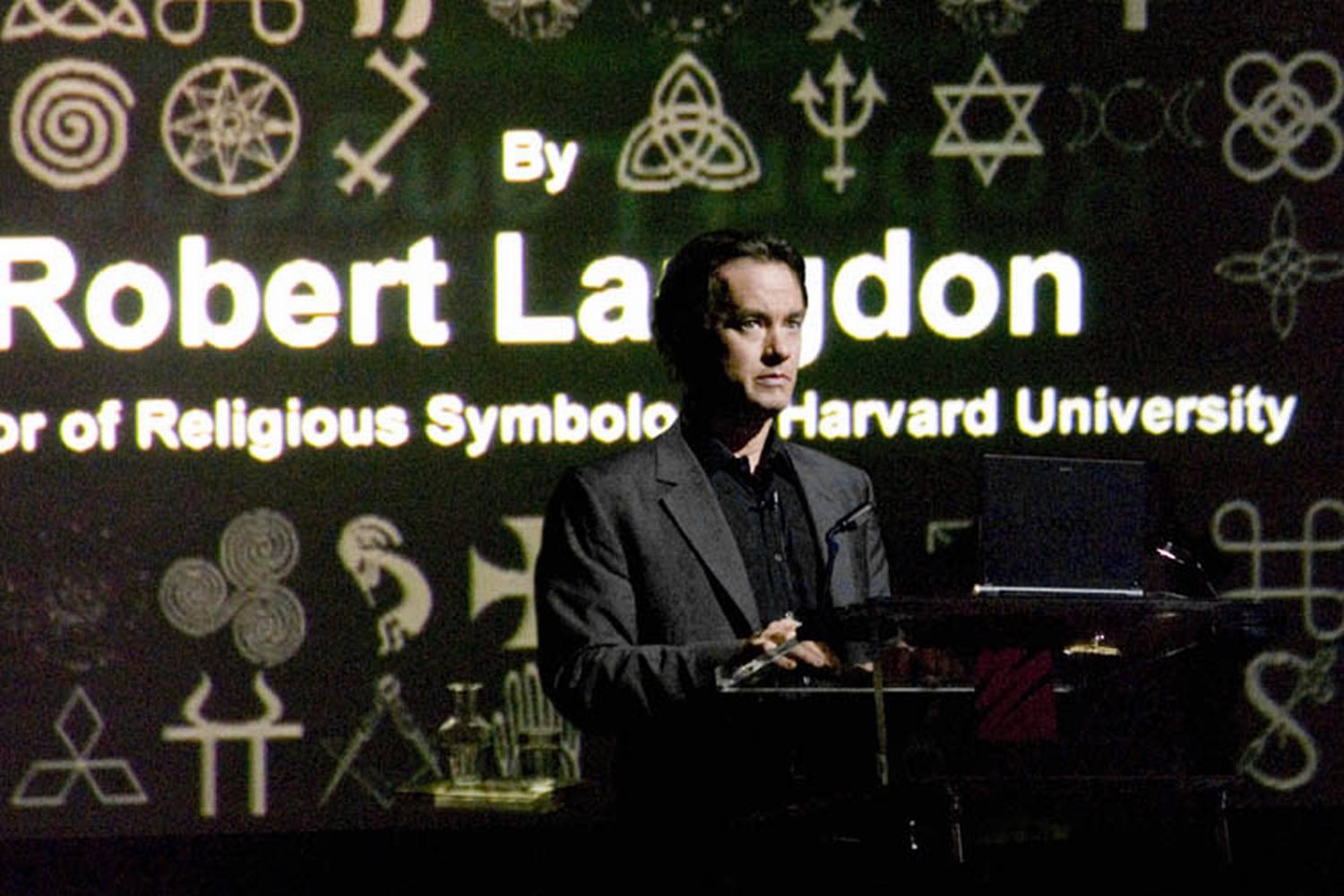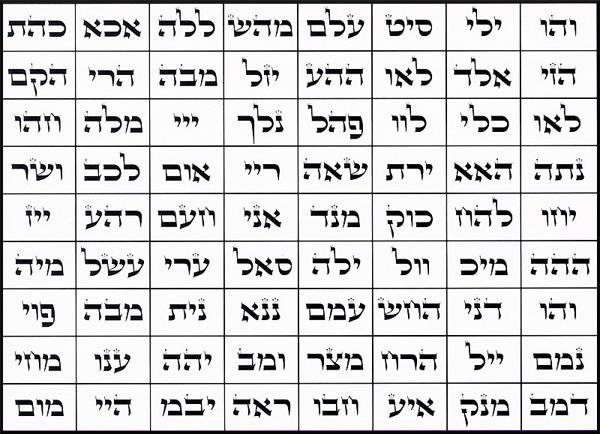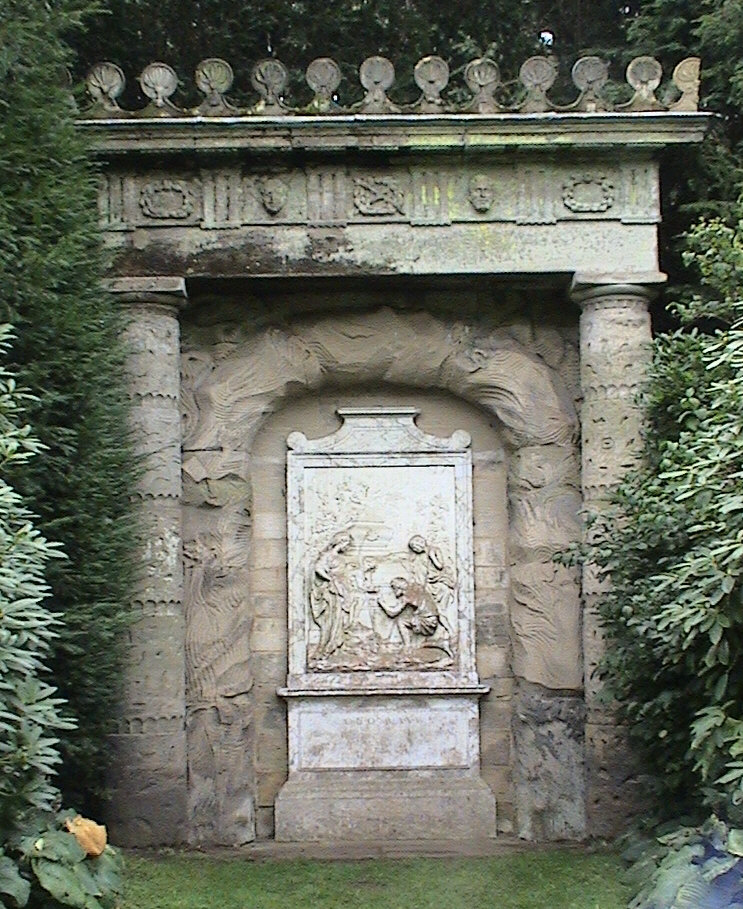Decoding the Code
These are written so that you may come to believe that Jesus is the Messiah, the Son of God, and that through believing you may have life in his name
The following evidence has been decoded in the light of Qabalah — the ancient oral tradition of the Semites or Shem-ites, the preservers of the Name – meaning to receive, in the sense of ‘received’ wisdom. A major part of Qabalah is decrypting codes in ancient texts like the Bible. Isaac Newton’s papers reveal that he was more interested in decoding the Bible than he was in his scientific theories. At this point, I need to make it clear that I did not go looking for this evidence. I was led to all the information here by Jesus, generally via the Internet but also via the Panacea Society, a sign in the London freesheet,Metro and signs given on quests. It was then up to me to make sense of it.
The following is therefore a summary of documentary evidence, not an account of the amazing journey Jesus and Gaia have taken me on, nor of the miracles I have performed, nor does it lay out the evidence in the stars or from the Bible or Torah code. The account of my journey of spiritual redemption must be told face to face and be heard in full to understand the sublime nature of His Love, Majesty and Justice.
A note on Hebrew-English transliteration
According to Semite tradition, the name of the Messiah was preserved in the unwritten Qabalah or secret oral tradition before it was given to humanity in the Torah or Jewish Bible. ‘Knowledge’ in this context refers to the secret knowledge of the re-incarnating Jesus and his final incarnation as the Messiah. Phrases like ‘in the know’ and ‘You-know-who’ reflect this secret knowledge. In the Old Testament, the Messiah is referred to as ‘Shiloh’, spelt in Hebrew Shin Yod Lamed Hey or Sh I L H or Sh Y L H. In Hebrew, my surname is rendered Shin Yod Yod Lamed Hey or Sh I I L R or Sh Y Y L R.
 Shayler in Hebrew
Shayler in Hebrew
 Shiloh in Hebrew
Shiloh in Hebrew
As Hebrew has understood vowels, which are pronounced but not written down as in ‘DVD’ for ‘David’, ‘Shiloh’ could be pronounced ‘Shayleh’ or ‘Shayluh’, how my surname is pronounced. Although the Panacea Society refers to ‘Shiloh’ in English, they render the Hebrew as Shin Yod Lamed Vav Hey, Sh I LU H or Sh Y L U H [1]. Either way, it can still be pronounced ‘Shayluh’.
 Shiloh rendered by the Panacea Society
Shiloh rendered by the Panacea Society
Beyond that, the problems with transliteration and pronunciation are many:
- In the absence of audio recording, no one knows how Old Hebrew was meant to be pronounced.
- Hebrew is a guttural language and does not therefore share exact vowel sounds with modern English;
- Hebrew uses a different alphabet with fewer letters so some Hebrew letters stand for more than one English letter. For example, Vav can be transliterated into English as V, O, U, W or its numerical value, 6.
- English spelling does not always reflect sound or different sounds are spelt the same — eg ‘bow’ as in ‘tie’, ‘bow’ as in ‘curtsy’; and ‘bough’ as in branch;
- sounds passed on orally will change over the centuries — and in this case, the millennia. Only 200 years ago, many English people spoke with an accent similar to Southern Irish now.
Despite this, my name is clearly discernable in a variety of texts – usually based on the Bible – which are already associated with God, the Holy Spirit or the Holy Grail or the Messiah’s name. And I stress that I did not go looking for my name in ancient texts. It came to me when the moment was right. So living in the moment is God’s gift. That’s why we call it the ‘present’.
Footnotes
[1] see Channel 4 documentary on the Society, Maidens of the Lost Ark, 2003

“Symbols are a language that can help us understand our past. As the saying goes: ‘A picture is worth a thousand words.’ But which words? Understanding our past determines our ability to understand the present. But how do we sift truth from belief? How do we write our own history personally or culturally and thereby define ourselves? How do we penetrate years – centuries even – of historical distortion to find original truth?”
Robert Langdon, hero of The Da Vinci Code


